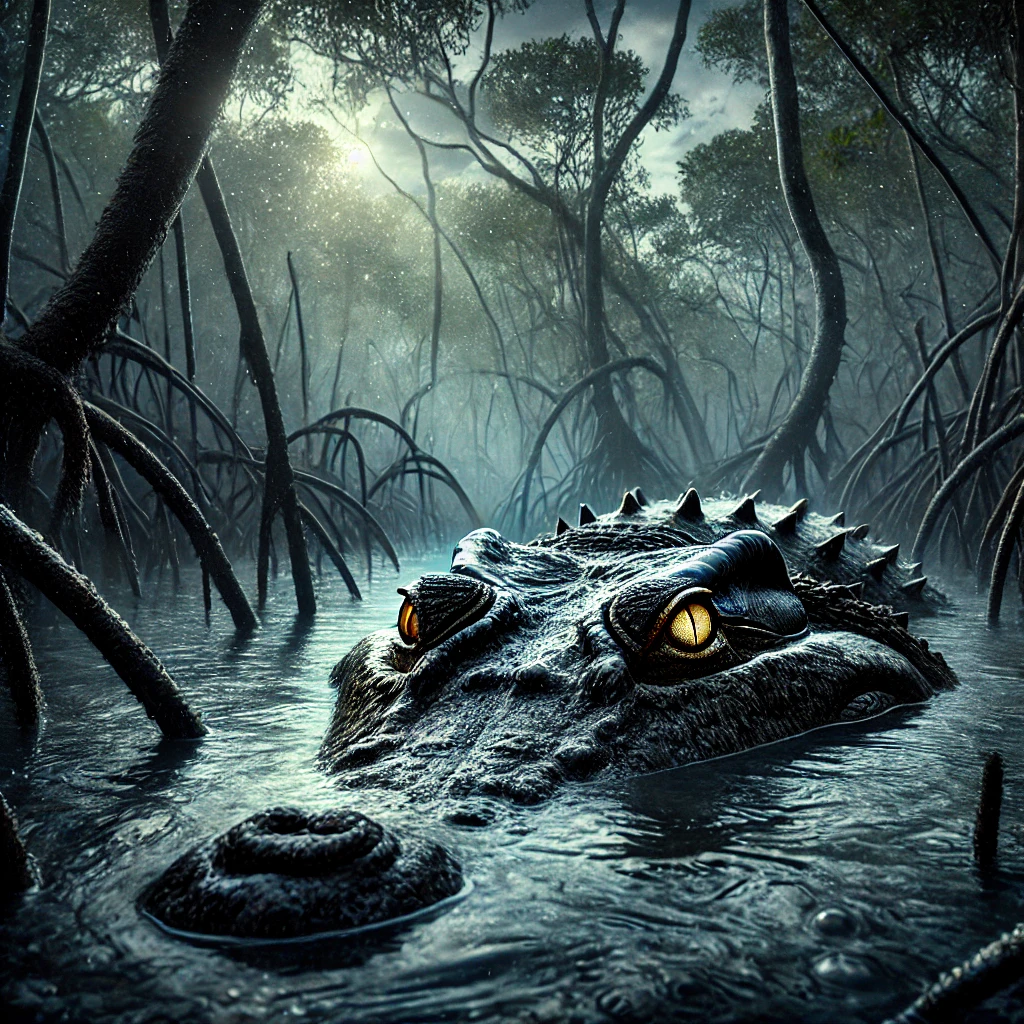
Australia’s Reputation for Deadly Wildlife
Australia is home to some of the most dangerous creatures on the planet. From venomous snakes to massive saltwater crocodiles, the country’s wildlife has long been a source of fascination and fear. While many of these creatures play a crucial role in their ecosystems, their encounters with humans can sometimes turn deadly.
The Box Jellyfish: The Ocean’s Silent Killer
The box jellyfish is considered one of the most venomous marine creatures in the world. Found along Australia’s northern coasts, its tentacles release a toxin that can cause heart failure in minutes. Swimmers are advised to stay out of the water during jellyfish season, as their nearly invisible presence makes them a serious threat.
The Inland Taipan: The Most Venomous Snake on Earth
Dubbed the “fierce snake,” the inland taipan possesses venom so potent that a single bite can kill 100 humans. Despite its deadly reputation, this reclusive snake is rarely seen in the wild. Fortunately, antivenom and quick medical intervention have made fatalities extremely rare.
Saltwater Crocodiles: The Apex Predators of Australia’s Rivers
Saltwater crocodiles, or “salties,” are the largest living reptiles, capable of growing over 6 meters (20 feet) long. These powerful predators are ambush hunters, striking with incredible speed and force. Attacks on humans, though uncommon, are often fatal due to the crocodile’s immense strength and drowning tactics.
The Sydney Funnel-Web Spider: A Deadly Urban Resident
Unlike many dangerous creatures that inhabit remote regions, the Sydney funnel-web spider is found in suburban gardens and homes. Its venom can cause severe neurological damage within hours. Thanks to the development of an effective antivenom, fatalities have been prevented since the 1980s.
The Blue-Ringed Octopus: Tiny but Lethal
This small but incredibly dangerous sea creature carries venom that can paralyze its victims within minutes. Despite its beautiful appearance, with vibrant blue rings appearing when threatened, the blue-ringed octopus should never be handled. There is no known antidote for its venom, making immediate medical attention crucial.
The Stonefish: The Master of Camouflage
Lying motionless on the ocean floor, the stonefish is almost indistinguishable from the surrounding coral. A single step on its venomous spines can cause excruciating pain, tissue damage, and even death. Swimmers and divers are advised to wear protective footwear when wading in shallow coastal waters.
The Giant Centipede: A Nightmare in the Outback
Australia’s giant centipedes can grow up to 16 cm (6 inches) in length and deliver an extremely painful bite. Though not lethal to humans, their venom can cause intense pain, nausea, and swelling. These aggressive hunters feed on small reptiles, insects, and even birds.
The Cone Snail: A Beautiful but Deadly Shell
Often mistaken for harmless sea shells, cone snails harbor one of the most potent venoms in the animal kingdom. A single sting can cause paralysis and respiratory failure. Their toxin, known as “conotoxin,” is being studied for potential medical applications, despite its lethal nature.
How to Stay Safe from Australia’s Deadliest Creatures
While Australia’s wildlife can be dangerous, most encounters can be avoided with proper precautions. Being aware of your surroundings, respecting warning signs, and following expert guidelines can prevent accidents. Education and conservation efforts ensure that humans and wildlife can coexist safely in this remarkable and diverse country.
The Balance Between Fear and Fascination
Australia’s dangerous creatures contribute to the country’s unique biodiversity. While they are often portrayed as fearsome killers, these species play vital roles in maintaining ecological balance. Understanding and respecting them is key to appreciating the wild beauty of Australia.